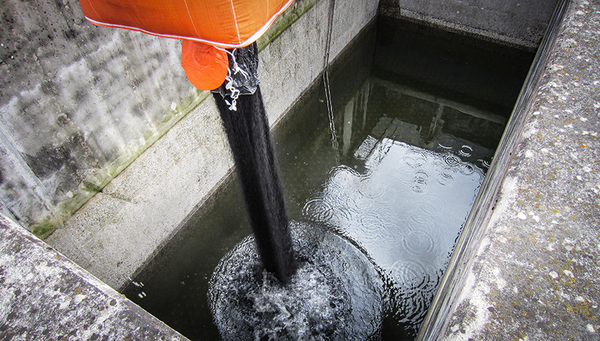News Detail
Remove micropollutants with granular activated carbon?
January 18, 2022 |
For the elimination of trace substances at wastewater treatment plants (WWTP), granular activated carbon (GAC) is also available as an alternative treatment option to ozonation and the powdered activated carbon process (PAC).
In contrast to the high energy consumption in ozonation (electrical energy to generate ozone and liquid oxygen), the energy-intensive production and CO2-footprint of carbon (starting raw materials, process energy) have an impact on activated carbon treatment. The main advantage of using activated carbon is that, unlike ozonation, the micropollutants are not oxidised but adsorbed and thus no transformation products are formed. The use of activated carbon can also achieve a significant DOC (dissolved organic carbon) reduction in the effluent of the WWTP, which can be an additional advantage when upgrading or retrofitting the wastewater treatment plant.
Pilot studies show: GAC efficiently removes micropollutants
With two pilot studies now summarised in the current A&G at the Furt-Bülach and Glarus WWTPs, Eawag, in collaboration with many partners, has been able to demonstrate that the process of space filtration with granular activated carbon is suitable for efficiently removing micropollutants from municipal wastewater while complying with statutory requirements. GAC filtration is technically and economically feasible (specific operating costs) and has proven to be practical. “In our tests, GAC filtration has proven to be a very robust and easy-to-handle technology. It is very similar in operation to the established sand filtration at wastewater treatment plants,” explains Marc Böhler from Eawag’s process engineering department. "For individual WWTPs, pre-ozonation can also be a useful addition," adds Böhler.
The elimination performance achieved and the service lives or bed volumes that can be reached also make it clear that the specific activated carbon requirement is comparable to powdered activated carbon (PAC) processes. Böhler: “GAC filtration also has a significantly better CO2 footprint than PAC processes thanks to the possibility of reactivating the activated carbon used.”
Cover picture: J. Fleiner
Aqua & Gas article, January 2022 edition
Project reports
Glarus
Bülach
GAC Consensus papers
Funding / Partnerships
The projects were supported by a variety of institutions such as the Federal Office for the Environment, cantonal agencies, engineering firms, plant constructors and wastewater associations.

